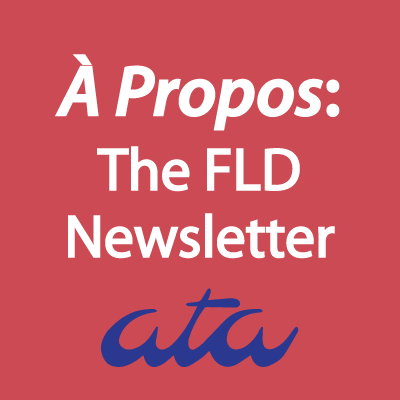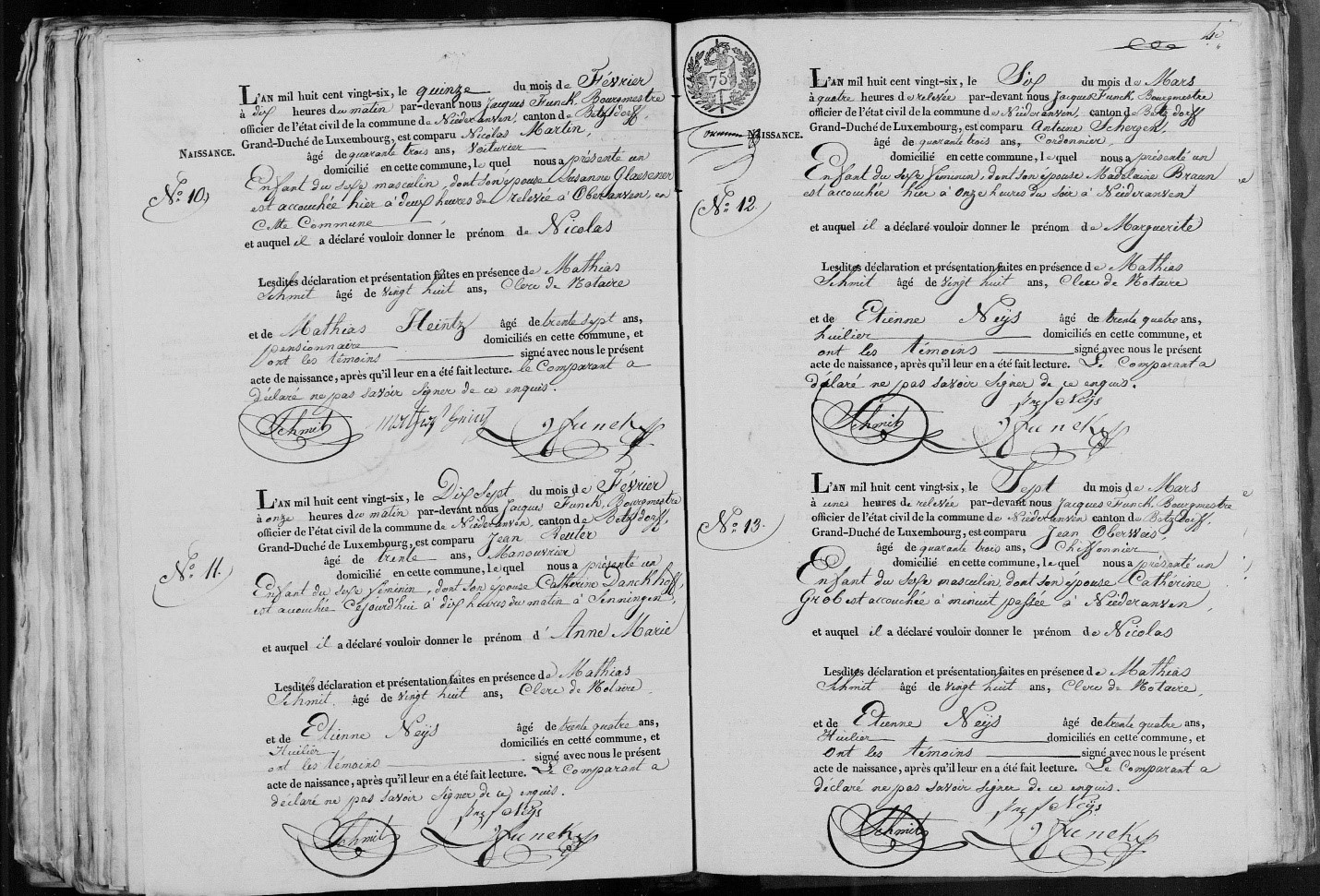The translation world has been abuzz about the film Arrival since it was released on November 11, 2016. Translators have been intrigued, and some would go so far as to say flattered, by the elevated position a language expert is given in a Hollywood blockbuster. On top of that, the starring translator is tasked with saving the planet!
The film is directed by Denis Villeneuve, who is originally from Québec and likely no stranger to malentendus and the trickier aspects of communication. His work is a carefully crafted narrative about memory, love, and the future of humanity. The film’s protagonist, Louise Banks, played by Amy Adams, is a linguistics professor at an unnamed university. She is fluent in English, Farsi, Mandarin, and other languages. She is contacted by an Army intelligence officer played by Forest Whitaker when aliens arrive on earth. She has top-level security clearance from previously working on a Farsi translation project for the government. When they meet in the film, Whitaker’s character says, “You’re at the top of everybody’s list when it comes to translations.”
This, as every translator and linguist knows, is a common misconception about our respective professions. Despite language services industry jargon that refers to translators as “linguists,” linguists—i.e. theoreticians of language—are not necessarily interested in translation at all, nor are they necessarily good translators for that matter. The likelihood that a linguistics professor would be tapped to translate Farsi for the government is essentially nil, but Louise nevertheless winds up being the perfect choice to decipher the alien visitors’ language. Her work both saves the world from certain destruction and unites the human race at a critical juncture.
The film’s central issue is finding out why the aliens have come to Earth. As Louise points out in one scene, the sentence “What is your purpose on earth?” is fraught with issues for a linguist in her situation. A translator might compare it to asking a third-year French student to translate Pascal’s theorem or Perec’s La Disparition into English. Just take the word you: what is the alien word for you? What is the possessive form? Is there a separate word for the singular you, the plural you or a general “all of you aliens” you? And how in the world do you convey an abstract concept like purpose when even the word you is elusive? Translators are used to, and relish in, analyzing complicated sentences, but no translator should ever be called upon to decipher a language that he or she does not know. That is indeed the work of a linguist. Viewers should not get hung up on this distinction for too long, however. The film is science fiction after all, and what follows is a poignant, thoughtful, and suspenseful rendering of what Louise’s field work into the aliens’ language looks like. This has implications not only for her personally, but for the entire planet.
Louise quickly realizes that since the aliens’ spoken sounds are not reproducible by human vocal cords, she should focus on their written language, dubbed Heptopod B after the aliens themselves are dubbed heptopods. Heptopod B is written in billowy streams of ethereal black ink emitted from the aliens’ squid-like arms. It resembles the milky clouds of cream in your morning coffee. The ink materializes into a circle like the drips of the brush of a clumsy calligrapher. It is displayed on the luminous barrier that separates the humans from the aliens within their giant black pod of a spaceship. Louise determines that, due to the circular nature of the writing, the aliens perceive time in a non-linear way—with no beginning and no end. Once she makes this discovery, the plot delves deeply into the ramifications of a linguistic idea called the Sapir-Whorf hypothesis, also known as the theory of linguistic relativity.
Readers who are fluent in more than one language will undoubtedly identify with the idea that, to a certain degree, learning another language can change the way the world is perceived. This is, in many cases, what draws translators to the profession in the first place: the joys and challenges of translating not only words, but different cultures, world views, and realities. The Sapir-Whorf hypothesis states that a speaker’s very thoughts are determined by the language that he or she speaks, and consequently, becoming fluent in a different language could alter the learner’s thoughts in profound ways. Arrival explores this idea to the extreme as Louise starts to experience the side effects of learning Heptopod B.
It is safe to say that translators and other language professionals will view Arrival differently than the general population. There are myriad parallels between Louise’s experience and that of many translators. Some, such as the role that technology plays in decrypting the heptopods’ language, are glaring and resonant. Deciphering Heptopod B without a computer in such a short amount of time would have been impossible, and while the programs Louise’s team uses are more like CAT tools on steroids, they nevertheless echo the use of increasingly sophisticated and computerized tools in our everyday work. They also mirror the increasingly important role that technology plays in translation. Other parallels are subtler and may resonate more or less strongly depending on the viewer. Many translators will empathize with the fact that Louise’s work, much like our profession, is misunderstood by outsiders and the fact that those who are unfamiliar with what we do often hold us to unrealistically high expectations. Why can’t Louise just waltz in and ask the aliens why they are here after merely hearing an audio recording on someone’s phone in her office? Translators will commiserate with the long hours Louise spends alone at her desk, poring over a text into the darkest hours of the night—though her task is to avoid an impending global war or potential alien takeover, whereas a translator would likely be working merely to help a client with an urgent request. Others still will relate to the introversion and subtle loneliness of Adams’ character, coupled with an underlying, quiet confidence. She may have been content to work alone on her academic papers and Farsi translations in her office but was forced into the world to share her talent with those who needed it.
The film’s most powerful aspect for translators is that it allows us to imagine what it would be like if our skills bestowed super abilities—as if being able to read and translate one or several languages in a single day was not super enough. What if the Sapir-Whorf hypothesis were true to the extent that it is portrayed in the film? Being a polyglot would suddenly become much more desirable, and our roles as conduits of culture and communication would become infinitely more complex and critical. We will likely never have the gift of omniscience, no matter how many languages we speak or write, and most of us will not be called upon to save humankind, but we will all continue doing our part to ensure that we keep communicating and that we, hopefully, understand each other just a little bit better.
Ben Karl
Ben Karl is a French- and Mandarin-into-English translator specializing in marketing and finance. He is based in Reno, NV.

